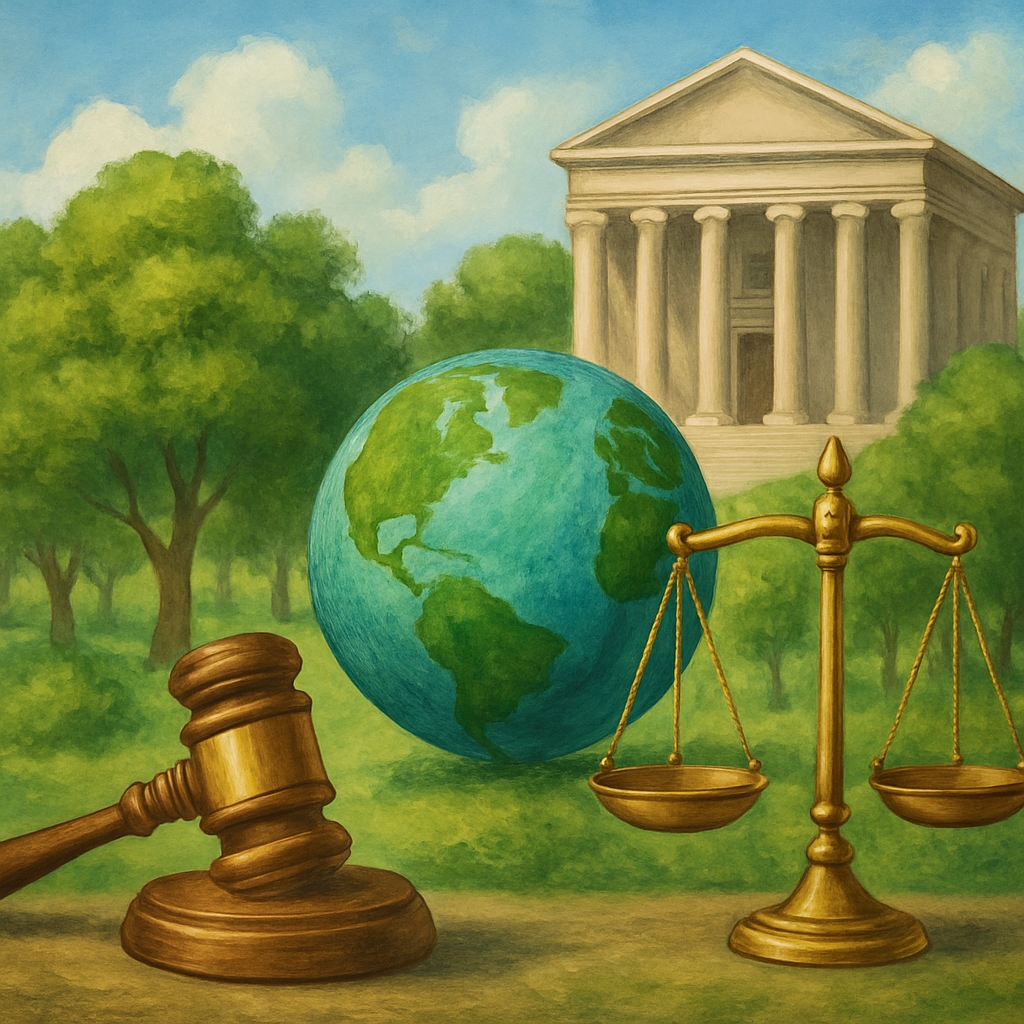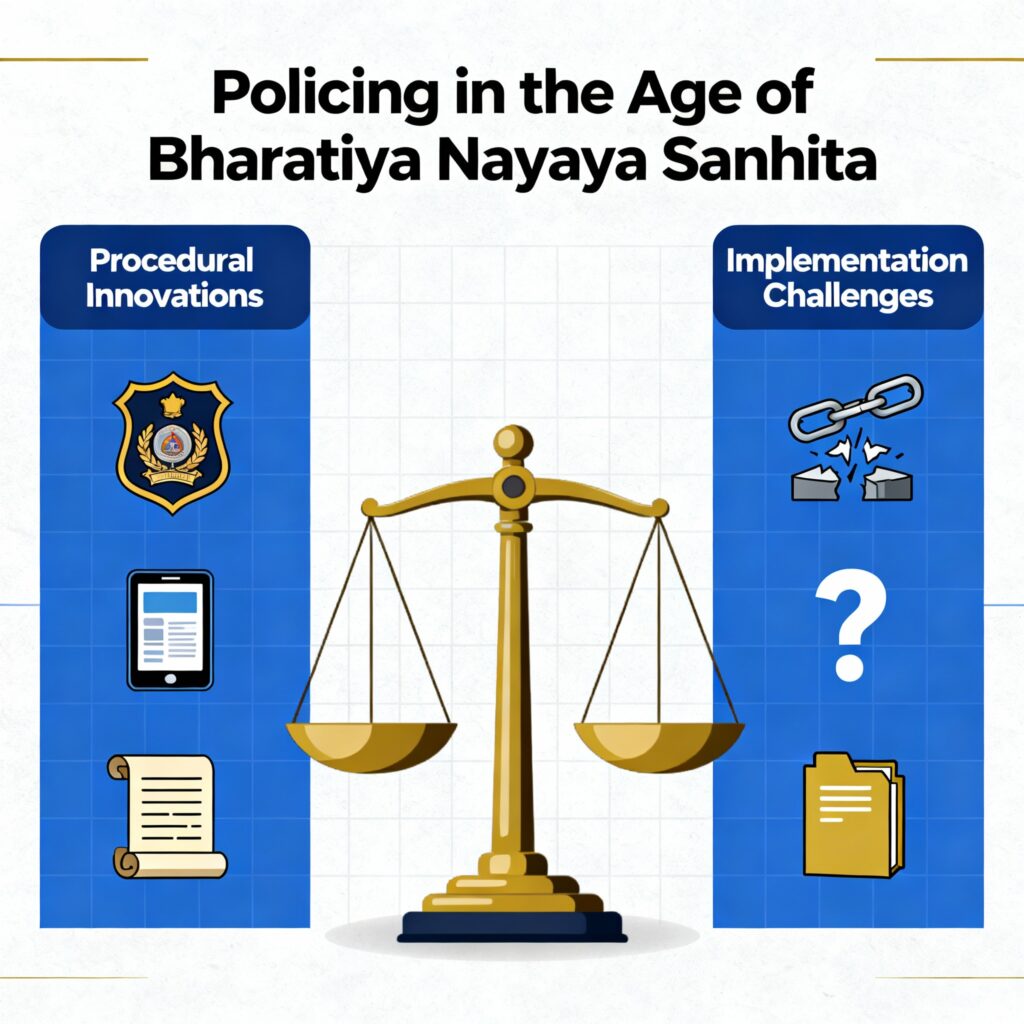Published On: September 24th 2025
Authored By: Manshi Sahu
Shri Ram Institute of Law, Jabalpur
INTRODUCTION
Custodial violence represents a grave violation of human rights and constitutes a crime against humanity. This phenomenon encompasses torture, physical abuse, mental harassment, and the unlawful use of force by law enforcement agencies against persons in their custody. Such violence can occur in police stations, prisons, detention centres, or any location were state authorities exercise control over individuals.
The concept of custodial violence, while not explicitly defined in any single statute, emerges from the intersection of “custody” and “violence.” It encompasses all forms of physical, psychological, and sexual abuse inflicted by police officers, prison authorities, or other enforcement personnel against individuals under arrest, detention, or imprisonment.
Custodial violence undermines the foundational principles of justice and democracy, violating the inherent dignity of every individual. Despite India’s constitutional framework providing robust safeguards through Articles 20, 21, and 22 of the Constitution—which guarantee protection against arbitrary detention, the right to life and personal liberty, and legal representation for detainees—custodial violence remains a persistent challenge to the rule of law.
This analysis examines the constitutional and legal framework designed to prevent custodial violence, evaluates judicial responses through landmark cases, and assesses the effectiveness of existing safeguards in protecting human rights within India’s criminal justice system.
Keywords: Human rights, constitutional rights, custodial violence, torture, police accountability, judicial safeguards
UNDERSTANDING CUSTODIAL VIOLENCE IN INDIA
Custodial violence in India represents a critical human rights issue involving the abuse, torture, and sometimes death of individuals in police or judicial custody. Despite comprehensive constitutional and legal safeguards, it persists as a systemic problem that undermines public trust in law enforcement and the justice system.
According to National Crime Records Bureau (NCRB) data spanning 2001 to 2018, 1,727 custodial deaths were recorded in India, yet only 26 police officers were convicted for such violations. This stark disparity highlights the enforcement challenges and accountability gaps within the system.
Types of Custodial Violence
Custodial violence manifests in several forms:
- Physical Violence: Direct assault, beating, and torture causing bodily harm.
- Psychological Abuse: Mental harassment, threats, and intimidation tactics
- Sexual Violence: Rape, molestation, and other forms of sexual assault
- Negligent Deaths: Deaths resulting from medical negligence or deliberate denial of medical care.
- Forced Confessions: Coercive interrogation methods to extract admissions of guilt.
CONSTITUTIONAL FRAMEWORK AGAINST CUSTODIAL VIOLENCE
The Indian Constitution provides a comprehensive framework for protecting individuals against custodial violence:
Article 14 – Equality Before Law: This provision ensures that accused persons receive equal treatment under the law and cannot be discriminated against based on their custody status. The state, as the guardian of law, must ensure equal protection for all individuals.
Article 19 – Freedom of Speech and Expression: This article protects the fundamental freedoms that law enforcement authorities cannot arbitrarily suspend, even during custody.
Article 20 – Protection Against Double Jeopardy and Self-Incrimination: This provision offers crucial safeguards including:
- Protection against double jeopardy (Sub-section 1)
- Protection against self-incrimination (Sub-section 2)
- Protection against retrospective criminal laws (Sub-section 3)
Article 21 – Right to Life and Personal Liberty: This fundamental right explicitly protects against torture and ensures that no person can be deprived of life or personal liberty except through due process of law.
Article 22 – Protection Against Arbitrary Arrest and Detention: Article 22(1) specifically mandates: “No person who is arrested shall be detained in custody without being informed, as soon as may be, of the grounds for such arrest, nor shall he be denied the right to consult, and to be defended by, a legal practitioner of his choice.”
STATUTORY LEGAL PROTECTIONS
Indian Evidence Act, 1872
Section 24: Confessions obtained through threats, inducements, or promises from persons in authority are inadmissible in criminal proceedings, protecting against coercive interrogation methods.
Section 25: Confessions made to police officers are generally inadmissible as evidence, except those made before a magistrate, preventing the misuse of custodial interrogation.
Indian Penal Code, 1860
Sections 330 & 331: These provisions specifically criminalize voluntarily causing hurt to extort confessions or information, directly addressing physical violence in custody.
Section 376(2)(c): This section addresses custodial rape, recognizing the vulnerability of individuals in custody and providing enhanced punishment for such offenses.
Code of Criminal Procedure, 1973
Section 41: Establishes conditions for arrest without warrant, limiting arbitrary detention powers.
Section 49: Prohibits subjecting arrested persons to unnecessary restraint, ensuring humane treatment.
Section 176(1): Mandates judicial inquiry in cases of custodial death or rape, ensuring independent investigation of such incidents.
SUPREME COURT JURISPRUDENCE ON CUSTODIAL VIOLENCE
The Supreme Court of India has consistently condemned custodial violence and established crucial precedents:
D.K. Basu v. State of West Bengal (1997) 1 SCC 416
This landmark judgment established comprehensive procedural safeguards to prevent custodial violence:
Mandatory Requirements:
- A family member or respectable community member must sign arrest memo.
- Right to inform a relative or friend about the arrest
- Medical examination of the arrestee every 48 hours during custody
- Production before a magistrate within 24 hours of arrest
- Maintenance of arrest and detention records
The Court declared custodial torture not only illegal but also a violation of fundamental rights under the Constitution.
Nilabati Behera v. State of Orissa (1993) 2 SCC 746
This case established the principle of state liability for custodial violations:
Key Holdings:
- The state is liable for custodial deaths and torture.
- Awarded substantial monetary compensation (Rs. 1,50,000) as relief
- Recognized custodial torture as a serious human rights violation.
- Established that failure to protect individuals in custody results in state liability.
Munshi Singh Gautam & Ors. v. State of Madhya Pradesh (2005) 9 SCC 631
The Supreme Court addressed systemic issues in custodial violence cases:
Significant Observations:
- Rising incidents of custodial torture and death undermine the credibility of the criminal justice system.
- Police officials are not above the law and must be held accountable.
- Evidence collection challenges include witness intimidation and evidence manipulation.
- Need for institutional reforms to address systemic problems.
UNDERSTANDING CUSTODIAL DEATH
Custodial death refers to any death occurring while an individual is in police or judicial custody. This includes deaths resulting from:
- Physical torture or assault
- Medical negligence
- Suicide in custody
- Unlawful detention practices
Types of Custody
Police Custody: Detention immediately following arrest, typically at police stations for investigation purposes, usually limited to 15 days under normal circumstances.
Judicial Custody: Detention ordered by a magistrate, typically in jail facilities, where the individual is held pending trial or serving a sentence.
Common Causes of Custodial Deaths
- Police Negligence: Failure to provide adequate medical care or safe conditions.
- Physical Torture: Beatings and abuse during interrogation
- Unlawful Detention: Extended custody beyond legal limits
- Suicide: Often linked to psychological pressure or despair
- Medical Negligence: Failure to address health conditions or injuries.
INTERNATIONAL LEGAL FRAMEWORK
Universal Declaration of Human Rights, 1948
Article 5 explicitly prohibits torture and cruel, inhuman, or degrading treatment, establishing international standards that India has committed to uphold.
United Nations Charter, 1945
The Charter emphasizes fundamental human rights and freedoms, establishing that detention does not eliminate basic human dignity rights.
United Nations Convention Against Torture (UNCAT)
While India has signed but not ratified this convention, it provides international standards for:
- Preventing torture and cruel treatment
- Investigating allegations of torture
- Providing remedies to victims
- Training law enforcement personnel
CHALLENGES AND GAPS IN IMPLEMENTATION
Despite robust legal frameworks, several challenges persist:
- Enforcement Gaps: Poor implementation of existing safeguards
- Lack of Accountability: Limited prosecution of offending officers
- Institutional Culture: Resistance to change within law enforcement.
- Evidence Challenges: Difficulty in proving custodial violence.
- Witness Intimidation: Fear prevents reporting of abuse.
- Inadequate Training: Insufficient human rights education for personnel
CONCLUSION
Custodial violence remains a serious human rights violation that fundamentally undermines the rule of law and democratic principles. Despite comprehensive constitutional protections and statutory safeguards, systemic issues persist due to poor enforcement, inadequate accountability mechanisms, and institutional resistance to reform.
The Supreme Court’s jurisprudence has established clear guidelines and principles, yet the gap between legal standards and ground reality remains significant. Effective elimination of custodial violence requires:
- Comprehensive Legal Reforms: Strengthening existing laws and closing loopholes.
- Institutional Accountability: Ensuring prompt and fair investigation of violations.
- Cultural Transformation: Shifting from control-based to rights-based policing.
- Training and Capacity Building: Regular human rights education for law enforcement
- Independent Monitoring: Establishing effective oversight mechanisms.
- Victim Support Systems: Providing adequate remedies and rehabilitation.
Ultimately, protecting individuals in custody requires not merely legal provisions but a fundamental commitment to human dignity, justice, and the rule of law. Only through sustained effort involving legal reform, institutional accountability, and cultural change can India hope to eliminate this dark chapter from its criminal justice system.
REFERENCES
- Supreme Court Cases Online. Available at: https://www.scconline.com
- Indian Kanoon Legal Database. Available at: https://indiankanoon.org
- The Advocates League Legal Resources. Available at: https://theadvocatesleague.in
- Legal Services India. Available at: https://www.legalservicesindia.com
- White, Black Legal Publications. Available at: https://www.whiteblacklegal.co.in
- National Crime Records Bureau. Crime in India Statistics. Government of India.
- Constitution of India, 1950.
- Indian Penal Code, 1860.
- Code of Criminal Procedure, 1973.
- Indian Evidence Act, 1872.




